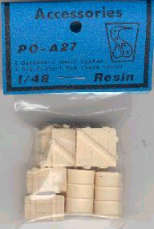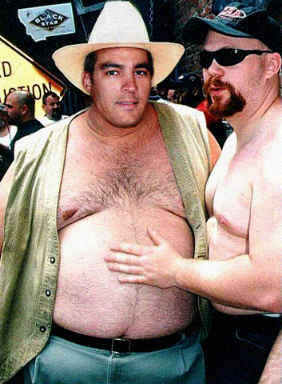 Scientists tell us that our prehistoric ancestor Homo Habilis, as
he stood high atop a cliff thoughtfully chewing a great mouthful of Ancient Grains brand
cereal, often stared up at the sky and wondered: Where can I hide my ammo and
health? Obviously, he used different words, probably something like "Where Homo
Habilis hide Homo Habilis' ammo and health?", but the problem remains the same even
today. Another eternal question - in the sense that it was first posed in the subjective
eternity between when Paul Steed opens his mouth to make human-like talking sounds and
when he finally decides to shut up - is how can a game be judged objectively without the
vagueness and potential bias towards Unreal Tournament that has always tainted the
traditional, but imperfect, art of opinion-giving? Scientists tell us that our prehistoric ancestor Homo Habilis, as
he stood high atop a cliff thoughtfully chewing a great mouthful of Ancient Grains brand
cereal, often stared up at the sky and wondered: Where can I hide my ammo and
health? Obviously, he used different words, probably something like "Where Homo
Habilis hide Homo Habilis' ammo and health?", but the problem remains the same even
today. Another eternal question - in the sense that it was first posed in the subjective
eternity between when Paul Steed opens his mouth to make human-like talking sounds and
when he finally decides to shut up - is how can a game be judged objectively without the
vagueness and potential bias towards Unreal Tournament that has always tainted the
traditional, but imperfect, art of opinion-giving?  Game developers
have known the answer to the first question since the early 1980's: ammo and health can be
hidden inside crates or sometimes barrels. As often happens, the answer to the
second question was hidden in plain sight within the answer to the first. All games
contain crates, therefore all games can be judged empirically on those crates. Game developers
have known the answer to the first question since the early 1980's: ammo and health can be
hidden inside crates or sometimes barrels. As often happens, the answer to the
second question was hidden in plain sight within the answer to the first. All games
contain crates, therefore all games can be judged empirically on those crates.

Upcoming Todd McFarlane "Heroes of Videogames" crate & barrel
action figures. Spider sold separately.
|
Once we came up with that insight, the actual formula for the
world's first completely unbiased review methodology was a trivial matter of
applying our many hours spent watching actors portray scientists on television to our
hatred of crates. Games can be rated and compared based on the shortest amount of
time it takes a player to reach the first crate, which represents the point where the
developers ran out of ideas. This number is measured in seconds and is called
"Start to Crate" or "StC". The smaller the StC, the worse the
game.
To test our theory, we installed and played the twenty-six games we had within easy reach
of where we were sitting. To our scientific delight, all exhibited crates within the
first one hundred and twenty seconds of play. Please note that by crates, we mean
both crates proper and the circular crate, the barrel. |
In the interest of scoring some points with our peers in science, such as our new
colleague Dr. Jonas Salk, we've utilized all of the components of the very popular
scientific method, including the notion of a control group. Our initial control
group was this picture of Paul Steed's head digitally imaged onto the body of a chubby
waiter at the Lebanese Hooters:

We asked a fellow scientist at Case Western Reserve University here in
Cleveland to peer review our experiment. He had some difficult-to-understand, but
serious-sounding concerns regarding our control group. In response to his generally
negative tone, we put Steed's head on a much fatter body and gave him a little cowboy hat:

With our control group finally in place, all we needed was a research
assistant and a microscope. After a brief search, we narrowed the field of potential
assistants down to two candidates: Dr. Stephen Hawking and our friend Kevin. While
Hawking is a TV star like Allie McBeal, owns his own microscope, and sounds like a robot,
Kevin is the only one of the two who talks to us, making him the winner by one degree
Kelvin.
That still left us without a microscope. Kevin validated our choice
of him over Dr. Hawking by helpfully suggesting that we eliminate step 4 of our scientific
review procedure, "Look at the game through a microscope", and we were off.
|